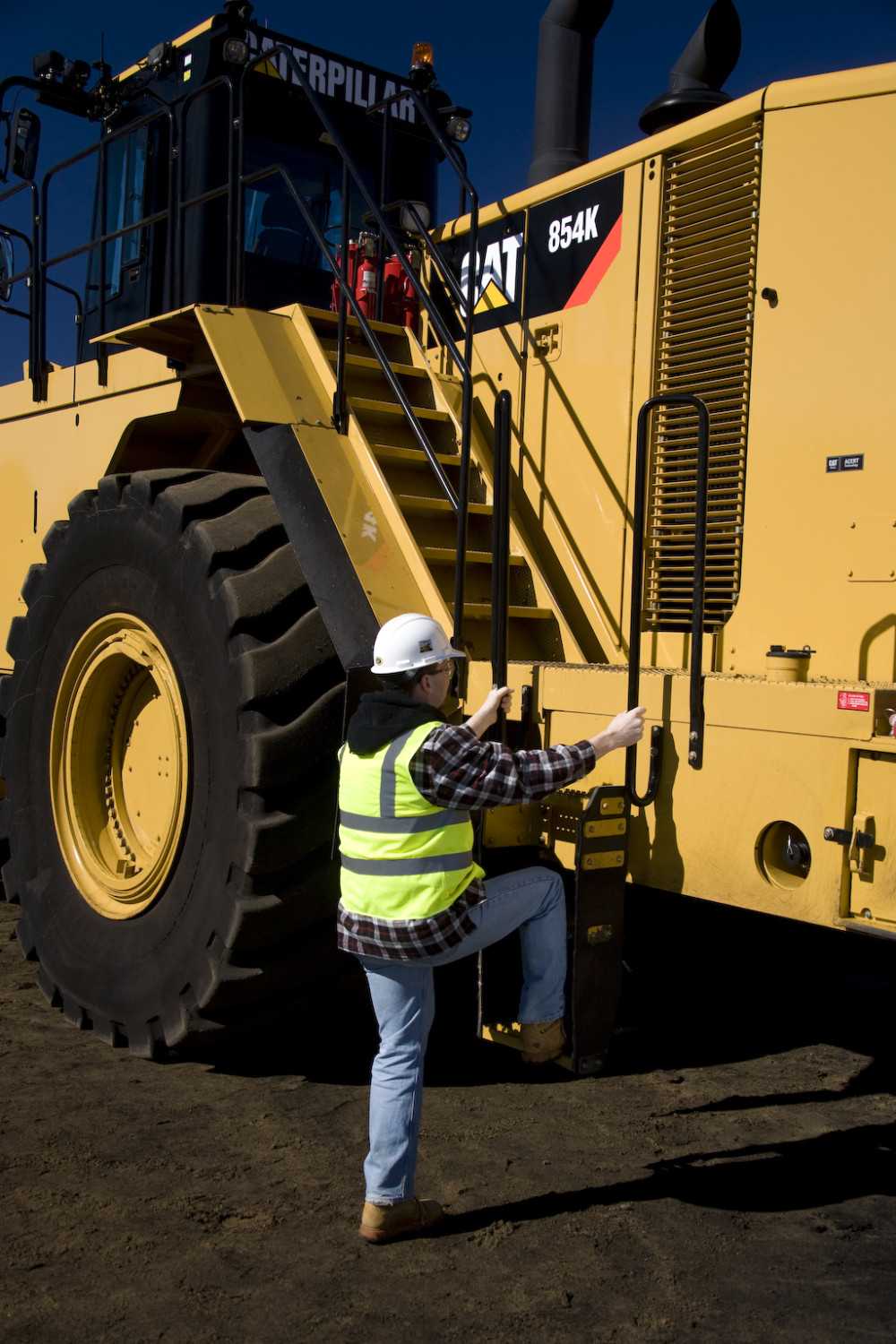Then and Now
Maintaining Three Point Contact: A Vital Practice in Equipment Operation
In the realm of industrial safety, few principles are as universally emphasized as maintaining "three point contact" when operating equipment. Whether you're on a construction site, in a warehouse, or even in a manufacturing facility, adhering to this practice can significantly reduce the risk of falls and injuries. But what exactly does it mean, and why is it so crucial?
Understanding Three Point Contact
Three point contact refers to the practice of always having three of your four limbs in contact with a stable surface while entering, exiting, or operating equipment. This typically means either two hands and one foot, or two feet and one hand in contact with the equipment or nearby structure at all times. This practice ensures stability and reduces the chances of slipping or losing balance.
Why is it Important?
1. Minimizing Fall Risks:
Operating equipment often involves navigating ladders, steps, platforms, or uneven surfaces. By maintaining three points of contact, you reduce the risk of slipping or losing balance, which is a common cause of falls in industrial settings.
2. Enhancing Stability:
Many types of equipment require operators to climb in and out frequently. Proper three point contact ensures that you remain stable and in control during these movements, even if the equipment or surface is unstable.
3. Compliance with Safety Regulations:
Most workplace safety regulations and guidelines, including those set by OSHA (Occupational Safety and Health Administration) in the United States, stress the importance of maintaining three point contact to prevent falls and injuries. Following these guidelines not only protects you but also ensures legal compliance for your employer.
4. Cultural and Behavioral Impact:
Emphasizing three point contact as a standard practice creates a safety-conscious culture in the workplace. When everyone consistently follows this principle, it becomes ingrained in daily operations, reducing the likelihood of accidents and promoting a safer environment overall.
Implementing Three Point Contact
Implementing three point contact requires awareness and commitment from every individual operating equipment. Here are practical steps to ensure its effective implementation:
- Training and Awareness: Employers should provide thorough training on the importance of three point contact and how to apply it in various situations.
- Proper Equipment Design: Equipment should be designed with safety in mind, including sturdy handholds, non-slip surfaces, and clear access points.
- Regular Inspections: Conduct regular inspections to ensure equipment is maintained in good condition and that safety features like handrails and steps are secure and functional.
- Encouragement and Reinforcement: Supervisors and peers should encourage and reinforce the practice of three point contact through positive reinforcement and by leading by example.
In conclusion, maintaining three point contact while operating equipment is not just a guideline but a crucial safety practice that can prevent serious injuries and even save lives. By integrating this principle into daily operations and ensuring everyone understands its importance, workplaces can significantly reduce the risks associated with falls and improve overall safety culture. Remember, safety is everyone's responsibility, and by prioritizing three point contact, we can all contribute to a safer and more productive work environment.

